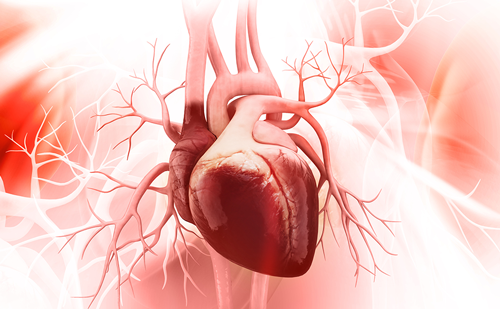What is the role of intra-aortic balloon counterpulsation in acute myocardial infarction presenting without shock?
Article:
Article Information:
Correspondence
Divaka Perera, Cardiovascular Division, Rayne Institute, St. Thomas’ Hospital, London SE1 7EH, UK. E-mail: divaka.perera@kcl.ac.uk
Received
2011-11-24T00:00:00






